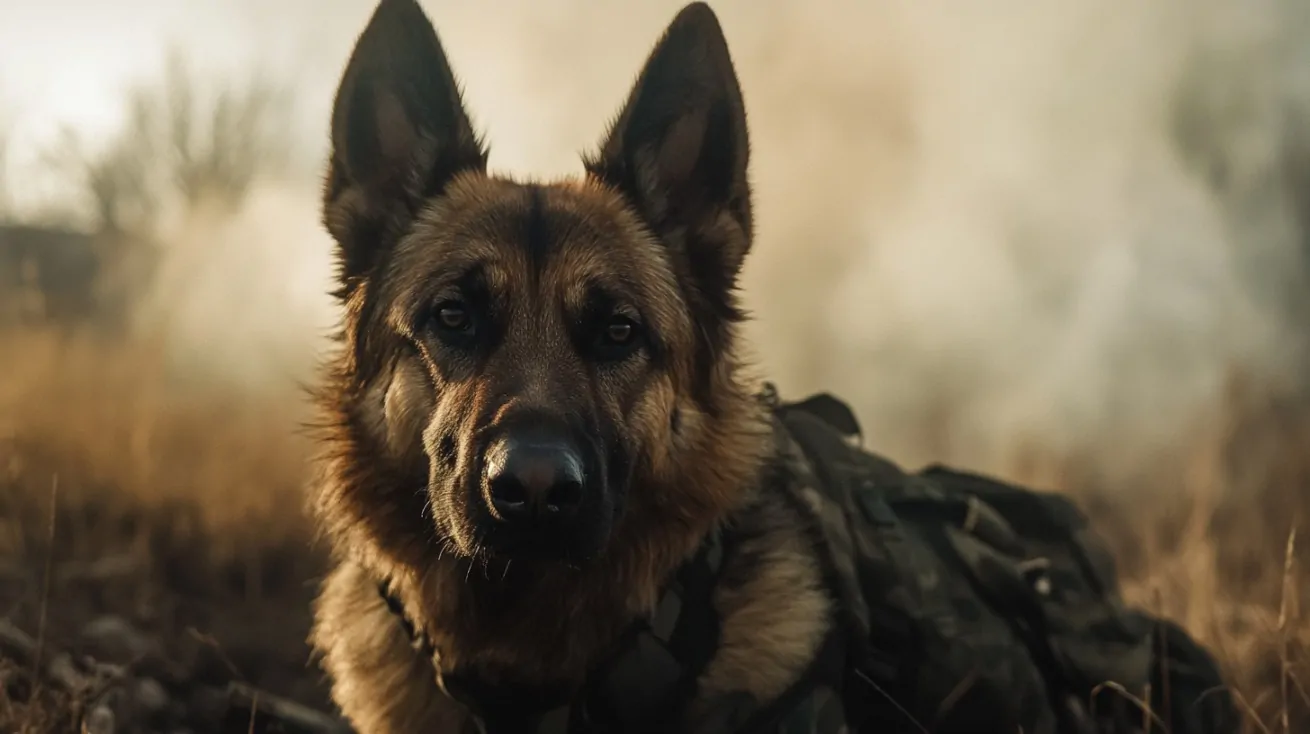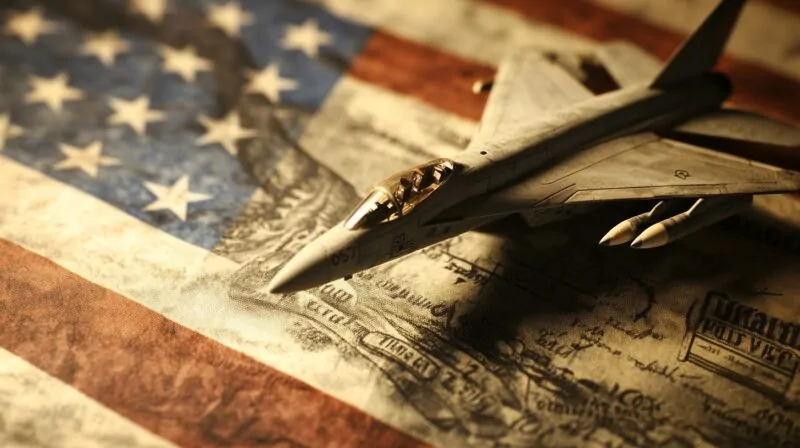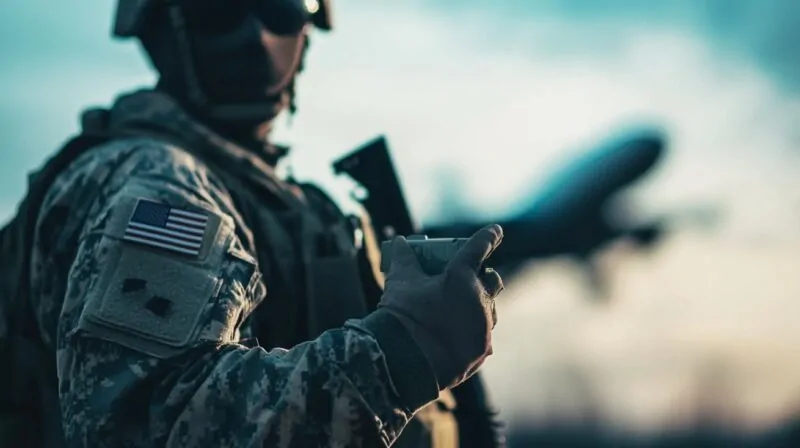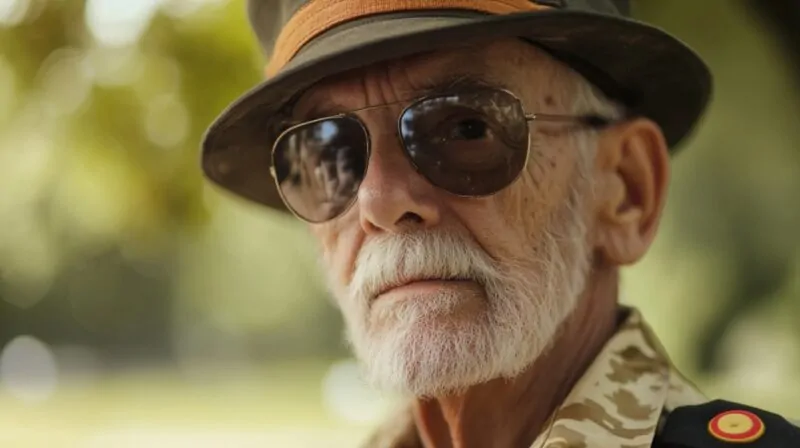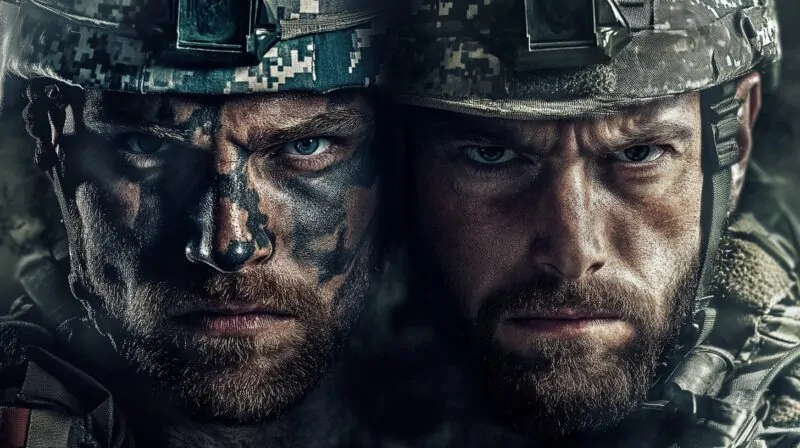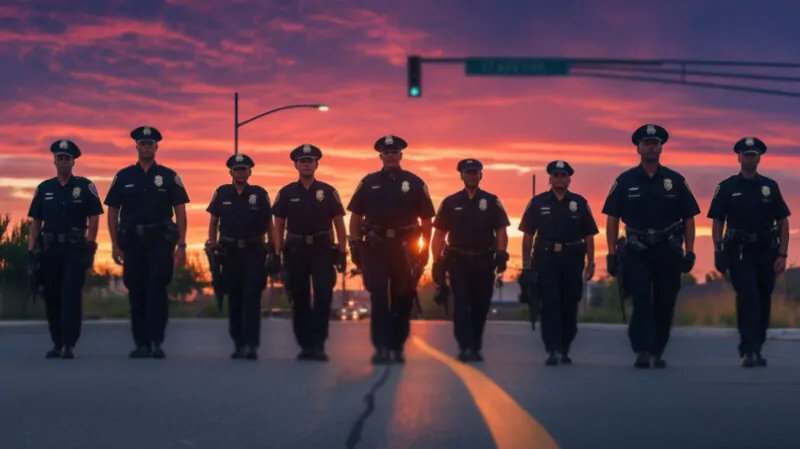Military dog breeds have accompanied soldiers into battlefields for centuries, fulfilling roles that demand loyalty, intelligence, and unbreakable courage.
They track enemies, detect explosives, carry messages, and provide vital emotional support during high-stress missions.
Only a few dog breeds possess the drive, stamina, and instinct to serve on the front lines. These dogs are soldiers in their own right.
Without further ado, let us talk about the top military dog breeds in the world.
1. German Shepherd
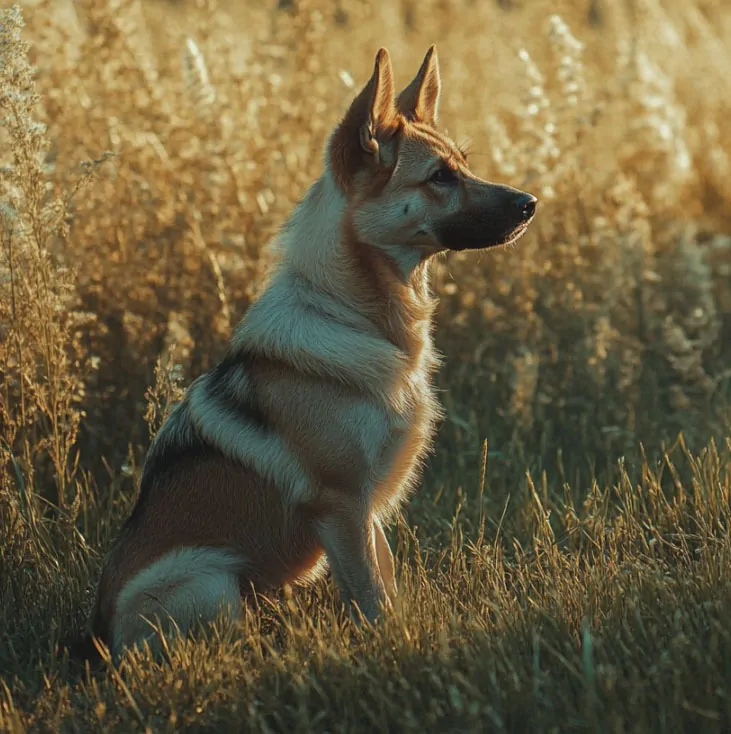
- Key Characteristics:
- Intelligent
- Obedient
- Versatile
German Shepherds are often seen as the ideal military working dog for a reason.
Their blend of intelligence, strength, and loyalty gives them the capacity to perform a wide range of tasks under pressure. In World War I and World War II, they served as guard dogs, messengers, and even carried supplies through combat zones.
Their obedience allows them to follow complex commands, and their strong work ethic drives them to stay alert and responsive during long missions. Today, they are used in bomb detection, patrol work, and even assist in therapy roles for veterans and active-duty personnel.
Their even temperament also makes them trustworthy around civilians and children, which proves useful in peacekeeping missions.
Interesting Fact: Today, the US military has roughly 2,500 active dogs in Military Working Dogs (MWDs.)
2. Belgian Malinois

- Key Characteristics:
- Agile
- Fearless
- High energy
Belgian Malinois dogs bring speed, intensity, and unmatched energy to the battlefield.
Their lighter build compared to German Shepherds makes them ideal for airborne insertions and missions requiring swift movement through tight quarters.
These dogs are not only fast but also highly trainable, which is why they are often deployed with Navy SEALs and other special operations units.
Known for participating in the raid on Osama Bin Laden’s compound, they exemplify courage and control in dangerous environments.
Their high drive and natural alertness allow them to stay focused in chaotic conditions without losing effectiveness.
3. Labrador Retriever
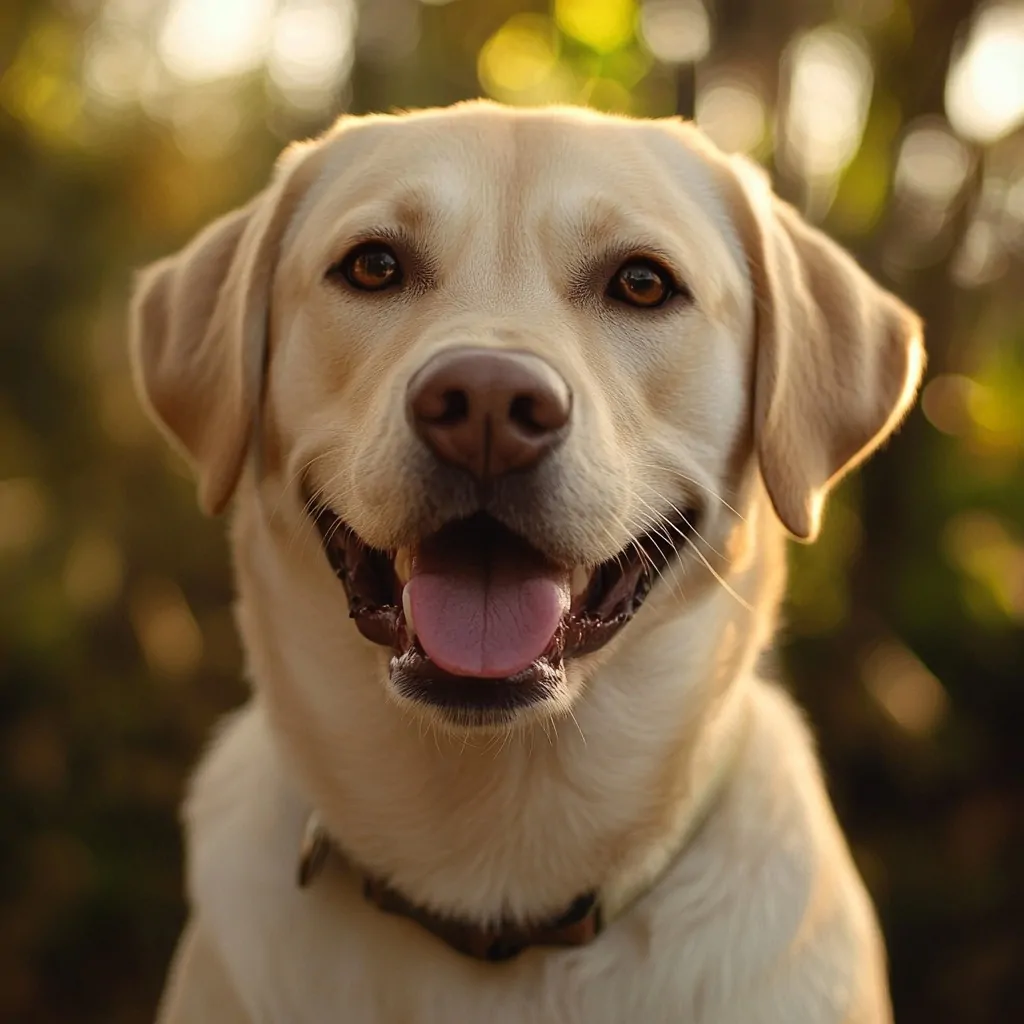
- Key Characteristics:
- Strong sense of smell
- Gentle demeanor
Labrador Retrievers possess an extraordinary sense of smell paired with a calm temperament.
Their primary contributions in military settings involve detecting explosives, tracking individuals, and supporting wounded soldiers.
During the Vietnam War, they were often used to track enemy combatants through dense jungles. Today, their skills are equally useful in urban environments where IED threats are common.
Their friendly disposition also helps in morale-building, often offering comfort to soldiers during high-stress deployments. These dogs balance power with approachability, making them an invaluable presence in many modern military roles.
4. Dutch Shepherd
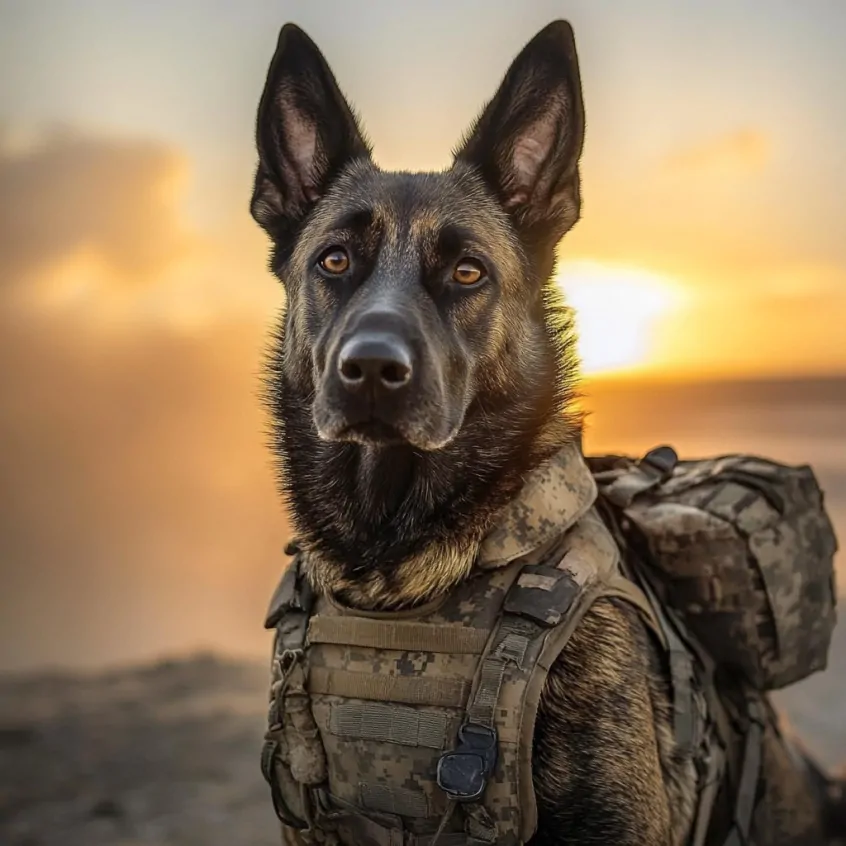
- Key Characteristics:
- Endurance
- Trainability
- Obedience
Dutch Shepherds are known for their ability to learn quickly and maintain performance across multiple duties. Their obedience and physical endurance make them well-suited for extended patrols, scent detection, and agility-based missions.
Increasingly adopted by American military and law enforcement units, they adapt well to different terrains and tasks. Their smaller numbers make them less recognized than German Shepherds or Malinois, but their performance is on par with the best.
Handlers often praise their drive to please and work independently when needed.
5. Doberman Pinscher
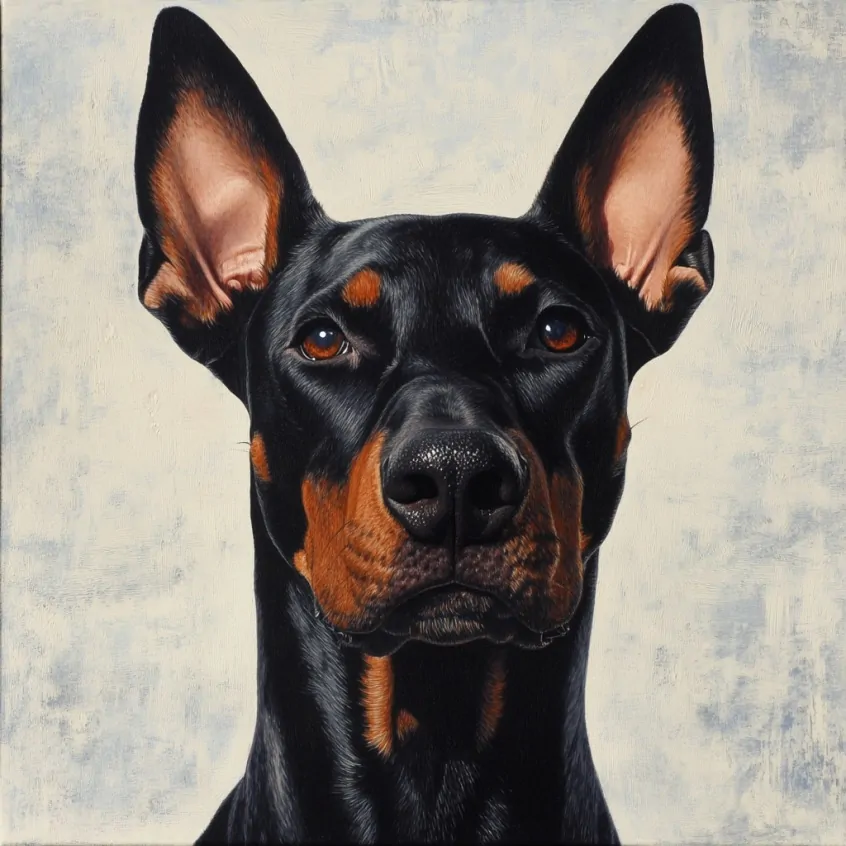
- Key Characteristics:
- Sharp
- Fast
- Protective
Dobermans are sleek, fast, and unflinchingly loyal. During World War II, they were heavily relied upon as sentries, messengers, and even scouts in the Pacific Theater. Their intimidating presence and alertness often served as a first line of defense for units in dangerous zones.
While modern use has decreased due to their sensitivity to temperature extremes and a slightly narrower skill range, they remain symbols of courage and discipline.
Their natural guard instincts and speed make them an asset in controlled environments or shorter missions requiring rapid deployment.
6. Boxer

- Key Characteristics:
- Loyal
- Strong
- Courageous
Boxers have long been associated with battlefield communications. In both World Wars, they transported messages across war zones under fire. Their strong build, loyalty, and intelligence made them reliable partners in critical missions.
Today, they still perform in search and rescue operations and, occasionally, in detection roles. Their eagerness to work and connect with handlers contributes to their success.
Although not as common in modern military forces, their service history speaks volumes about their potential when trained correctly.
7. Rottweiler
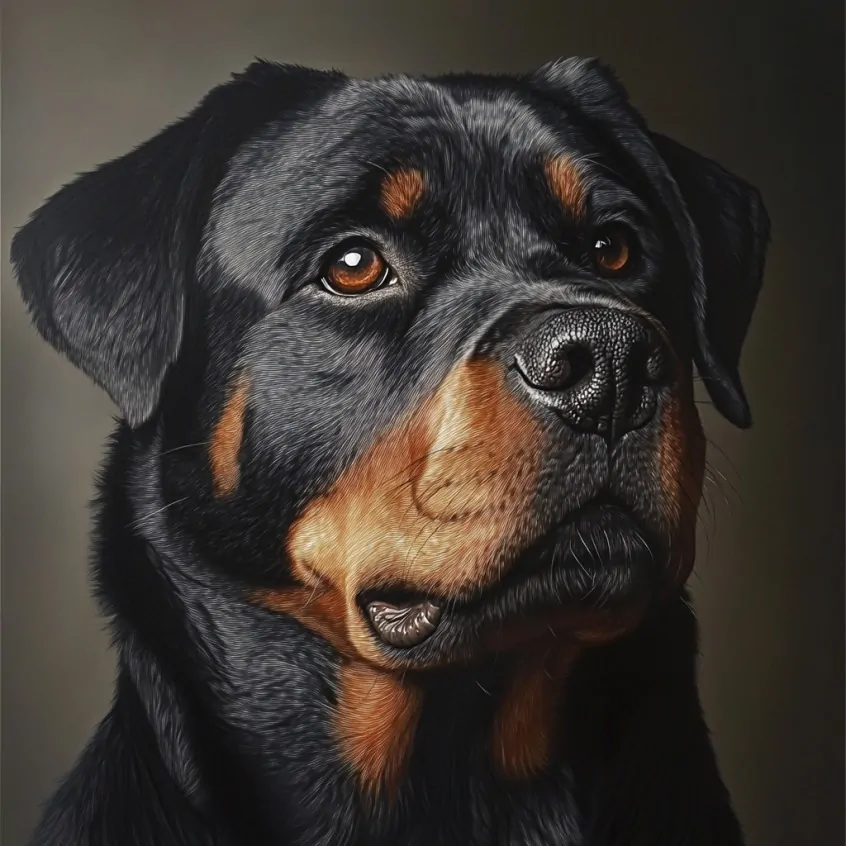
- Key Characteristics:
- Power
- Stamina
- Obedience
Rottweilers combine power, presence, and loyalty. Once deployed in World War I and II to protect camps and deliver messages, they are still used today in military and security settings for their guarding abilities.
Their muscular bodies and strong bite force make them effective deterrents in security zones. Rottweilers thrive when given a clear task and a handler they trust.
While not as fast as some other dog breeds, their mental toughness and stamina allow them to serve in prolonged and physically demanding assignments.
8. Giant Schnauzer
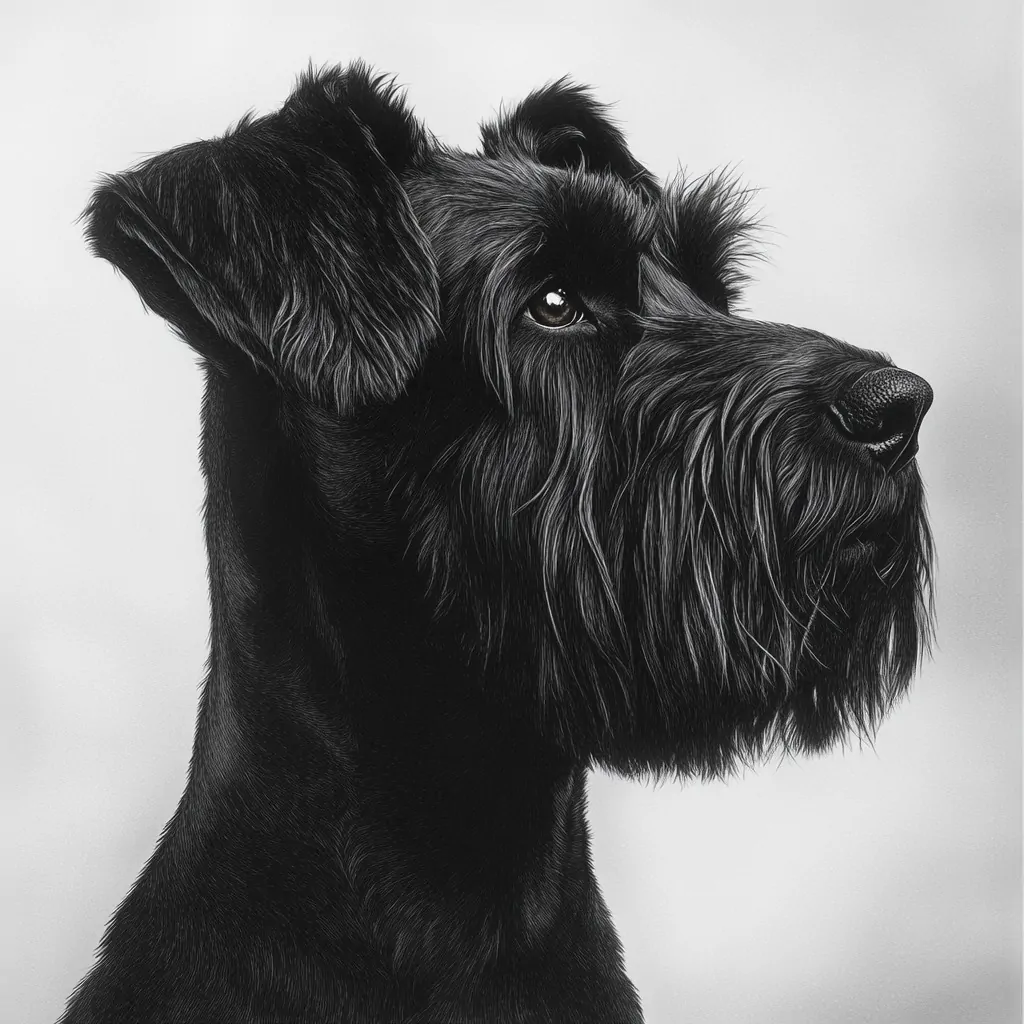
- Key Characteristics:
- Large
- Protective
- Smart
Giant Schnauzers offer a mix of intelligence, power, and protective instincts.
Reintroduced into U.S. military use in the 1980s, they have proven their worth in roles involving bomb detection, checkpoint guarding, and high-security patrols.
Their imposing presence alone can stop unauthorized movement in restricted areas.
Schnauzers require consistent training and a strong bond with their handler, but their loyalty and discipline make the effort worthwhile. Their thick coats also provide some protection in rough environments.
9. Alaskan Malamute
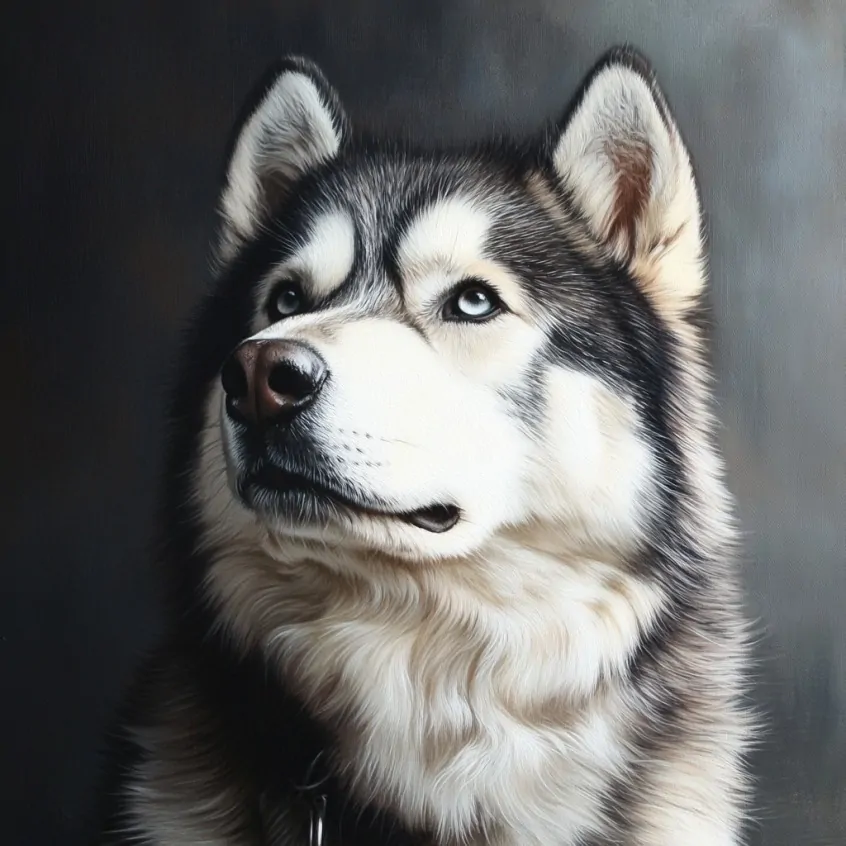
- Key Characteristics:
- Strength
- Resilience in cold
Alaskan Malamutes were built for endurance in extreme cold. In World War II, they played vital roles in transporting supplies by sled and assisting in search and rescue missions in frozen territories.
While not commonly seen in today’s frontline combat units, they are still valuable in operations located in arctic or mountainous regions.
Their strong legs and lungs allow them to pull heavy equipment through snow-covered paths, and their thick coats offer insulation during harsh winters.
10. Staffordshire Bull Terrier
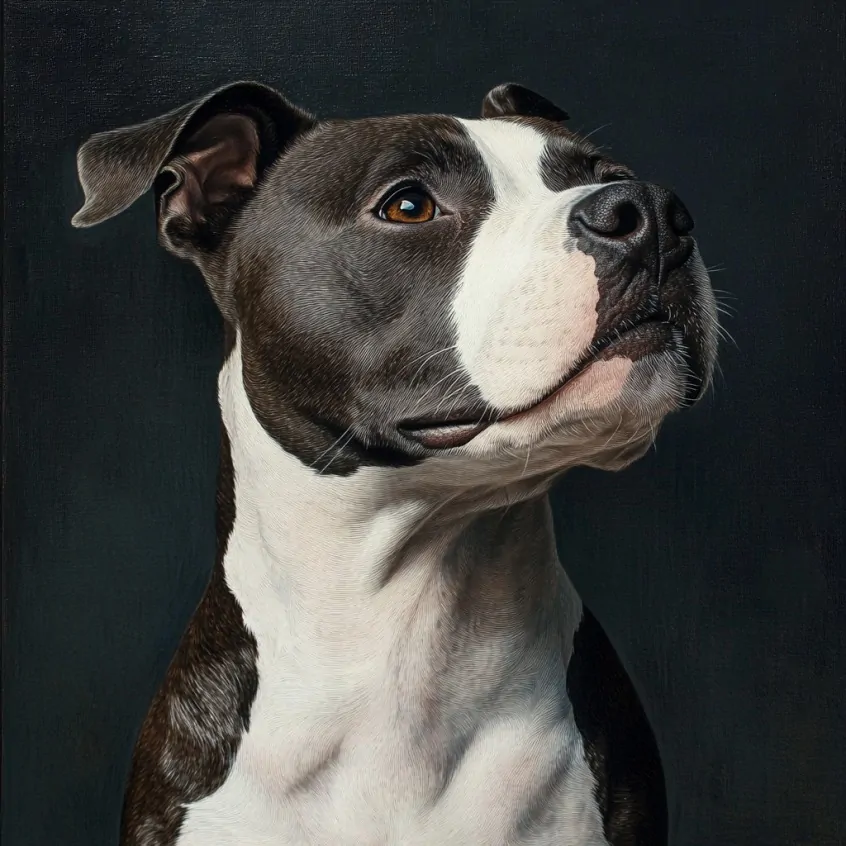
- Key Characteristics:
- Compact
- Muscular
- Brave
Staffordshire Bull Terriers are small in size but massive in heart. Historically used as message carriers and guard dogs during wartime, they still earn respect for their determination and loyalty.
Their muscular frame and courageous spirit enable them to complete challenging tasks without hesitation.
Close bonds with handlers and agility in confined environments give them tactical advantages in urban warfare or security duties.
Often underestimated, they consistently prove their value through sheer effort and bravery.
Summary
Each dog breed on the front lines brings specific strengths shaped by generations of service.
Intelligence, strength, agility, and loyalty are not just traits, they are requirements.
In the eyes of a handler, a military dog is a teammate whose instincts and dedication often mean the difference between life and death.
Related Posts:
- Top 7 Tactical Military Training Techniques for…
- What Soldiers Love to Read During Downtime? Top…
- Top 10 High-Demand Military Occupations You Should…
- Top 8 Must-Have Items in a Military IFAK (Individual…
- Top 7 Easiest Military Jobs That Aren’t Physically Demanding
- Top 10 US Military Drone Manufacturers Leading the…

